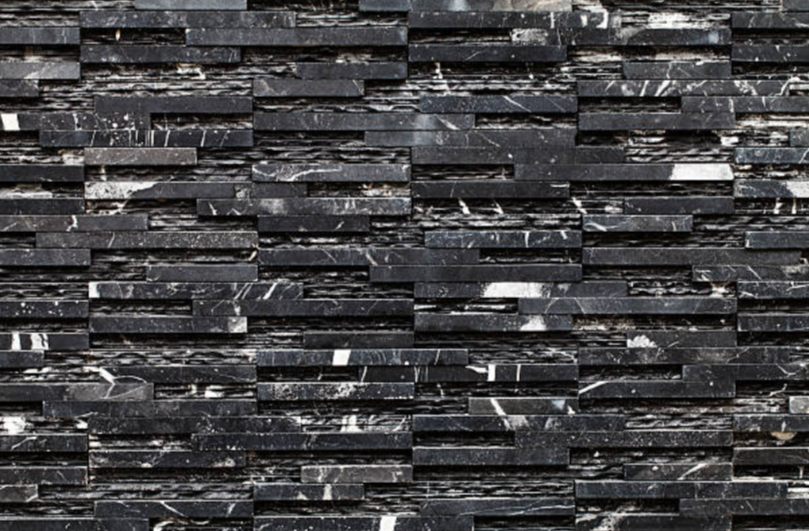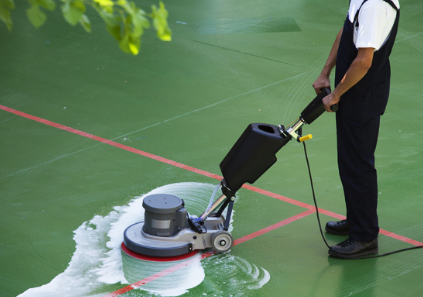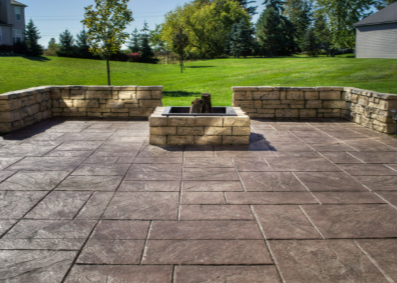Benefits of Rock Revetment Seawalls for Shoreline Protection

Coastal areas are beautiful, but they face constant challenges from nature’s forces. Waves, tides, currents, and storms can cause shoreline erosion, threatening property, wildlife habitats, and the natural landscape. Over the years, engineers and environmental specialists have developed various solutions to combat erosion and protect coastlines. One of the most effective and visually appealing methods is the rock revetment seawall.
A rock revetment seawall is a sloped structure made of large, durable rocks placed along the shoreline. This method has been used worldwide to stabilize coasts, rivers, and lakes. By breaking wave energy before it reaches the shore, these structures help maintain the land’s integrity while enhancing the natural beauty of the area.
Below, we’ll explore the key benefits of rock revetment seawalls and why they are an excellent choice for shoreline protection.
1. Effective Erosion Control
Shoreline erosion occurs when waves and currents gradually wear away soil, sand, and vegetation along the coast. Without proper protection, this process can lead to the loss of land and damage to properties.
Rock revetment seawalls work by absorbing and dissipating wave energy. The sloped design allows waves to break gradually rather than crash directly onto the shore. This reduces the force of the water and prevents soil from being washed away.
For example, in areas prone to seasonal storms, installing rock revetments can help prevent the annual loss of beach area, ensuring that recreational spaces and habitats remain intact.
2. Long-Lasting Durability
One of the biggest advantages of rock revetment seawalls is their exceptional lifespan. When built with high-quality, weather-resistant stone and proper engineering, these structures can last for decades.
Rocks are naturally resistant to the harsh effects of saltwater, strong winds, and storm surges. Even in the face of hurricanes or unusually high tides, a well-constructed rock revetment is far less likely to fail compared to other shoreline protection methods like wooden barriers or simple sandbags.
The long-lasting nature of rock revetments means they provide peace of mind to property owners, knowing that their investment will protect their shoreline for years with minimal risk of sudden collapse.
3. Environmentally Friendly Design
Unlike some forms of shoreline protection, rock revetments support marine ecosystems rather than disrupt them. The gaps between the rocks create microhabitats for fish, crabs, mollusks, and other aquatic life.
This added habitat can help improve biodiversity along the shoreline. The natural structure also encourages the growth of algae, barnacles, and small plants, further enhancing the area’s ecological value.
Because they allow water to filter through instead of completely blocking it, rock revetments also maintain the natural exchange of nutrients and sediments, which is essential for the health of coastal waters.
4. Natural Aesthetic Appeal
Functionality isn’t the only benefit of rock revetment seawalls — they are also visually appealing. The natural stone blends seamlessly with the environment, creating a rustic, coastal charm that is far more attractive than plain concrete walls.
For residential properties, the addition of a rock revetment can improve curb appeal and potentially increase property value. In public areas such as parks and beaches, the aesthetic quality encourages tourism, photography, and recreational use.
Different types of stone, from granite to limestone, can be chosen to match the surrounding environment, making the seawall look like a natural extension of the shoreline.
5. Flexible and Resilient Structure
Rock revetments have a built-in advantage over rigid structures: flexibility. Even if individual rocks shift due to heavy waves, the overall structure continues to function effectively.
This resilience allows rock revetments to adapt to changing shoreline conditions without complete reconstruction. In contrast, rigid seawalls can crack or break when under extreme stress, leading to expensive repairs.
The sloped and layered design of a rock revetment ensures that even in severe weather events, the wall can absorb the impact without losing its ability to protect the shore.
6. Low Maintenance Requirements
Another significant benefit is that rock revetments require minimal maintenance compared to other shoreline defense systems.
While periodic inspections are recommended, repairs are usually simple — replacing or repositioning a few stones if they shift out of place. There’s no need for frequent painting, sealing, or complex restoration work.
This low maintenance requirement makes rock revetments a cost-effective choice over the long term, especially for municipalities and homeowners’ associations responsible for large stretches of shoreline.
7. Enhanced Property Protection
For property owners near the coast, shoreline erosion isn’t just an environmental concern — it’s a financial one. Erosion can lead to costly structural damage, loss of usable land, and even safety hazards.
By stabilizing the shoreline, rock revetments protect homes, businesses, and public infrastructure. They reduce the risk of property loss during storms and help maintain property boundaries that might otherwise shrink due to erosion.
Communities that invest in rock revetment seawalls often see reduced insurance costs and fewer claims related to storm damage, further proving their value as a protective measure.
8. Cost-Effective in the Long Run
While the upfront cost of building a rock revetment seawall can be higher than temporary solutions, the long-term savings are substantial. Their durability, low maintenance needs, and ability to withstand extreme conditions mean fewer repair bills and replacement costs over time.
When factoring in the avoided expenses from erosion damage, property loss, and emergency repairs, rock revetments often prove to be one of the most economical shoreline protection methods available.
Conclusion
Rock revetment seawalls are more than just a barrier against the sea — they are a comprehensive shoreline protection solution that offers durability, environmental benefits, and visual appeal. By reducing erosion, safeguarding property, and supporting marine ecosystems, they provide a balanced approach to coastal defense.
Whether for private residences, commercial developments, or public waterfronts, investing in a rock revetment seawall is a decision that delivers both immediate and long-term rewards.
In a world where rising sea levels and increasingly intense storms pose growing threats, rock revetments stand as a proven, sustainable, and beautiful way to protect our shores for generations to come.





